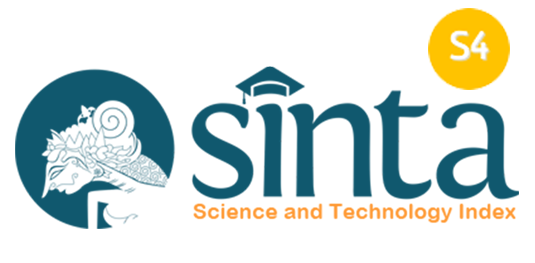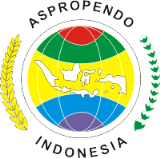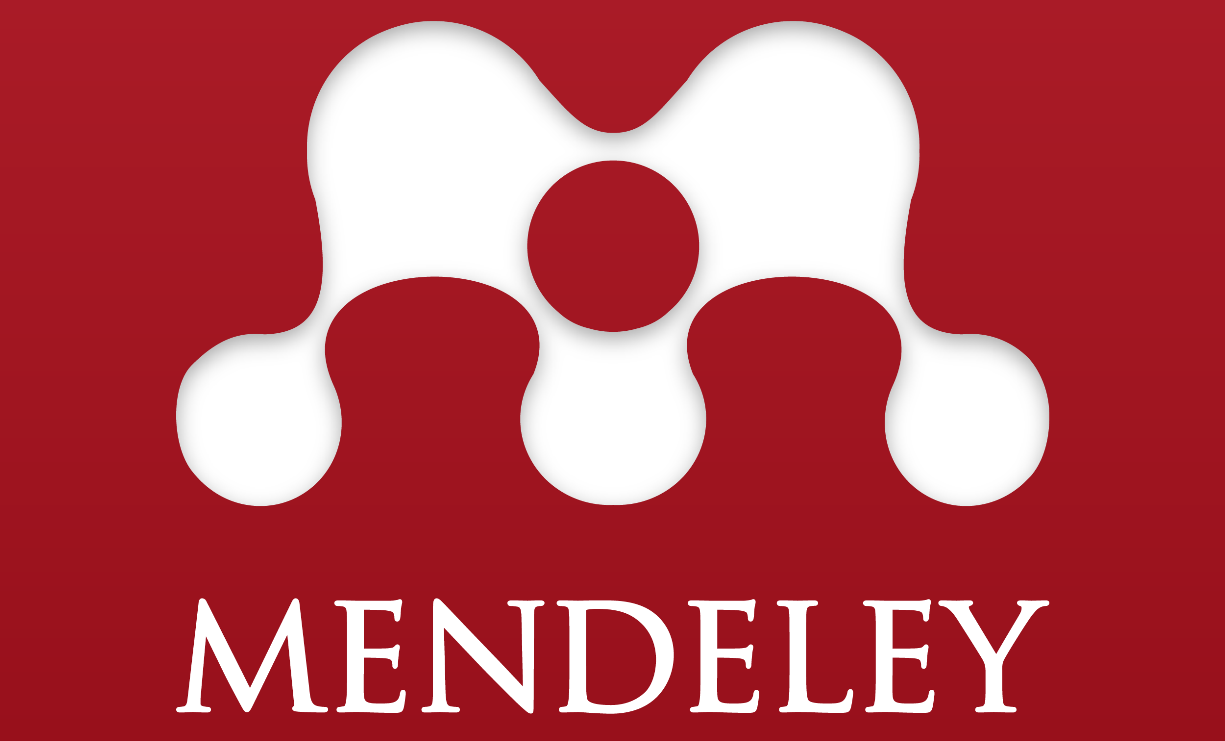PENGARUH DESTINATION BRAND EXPERIENCE PADA INTENSI REKOMENDASI DAN KUNJUNGAN KEMBALI PARIWISATA TEGAL
Abstract
Abstract
Lack of research regarding destination brand measurement indicates that conceptualizing how tourists evaluate a destination brand is complex. Researcher examines destination branding via a new conceptualization, destination brand experience (DBE), which provides a more holistic and unified view of the destination brand. This study aimed to analyze the effect of a destination brand experience on revisit intention and intention recommend. This research conducted in four destination object in Pantai Alam Indah with Total amount of sample 109. This research using survey method with quantitative approach. Analysis tool used in this research is Partial Least Square (PLS) with Warp PLS 5.0 Program. Results showed that the destination brand experience has positive influence on revisit intention and intention to recommend. Destination brand experience has a positive and significant effect on the intentions of visitors' recommendations to the Pantai Alam Indah tourism destination. This means that the better the process of distributing information, ideas, thoughts and ideas from Pantai Alam Indah tourism to visitors, the higher the level of intention of visitors' recommendations to their relatives and friends. Destination brand experience has a positive and significant effect on the intention of returning visitors to the Pantai Alam Indah tourism destination. This means that the better the process of distributing information, ideas, thoughts and ideas from tourism at Pantai Alam Indah to visitors, will be followed by the level of intention of returning visitors to view the tourism destinations of Pantai Alam Indah.
Keywords: intention to recommend; intention to revisit; destination brand experience
Abstrak
Sedikitnya penelitian mengenai pengukuran merek destinasi mengindikasikan bagaimana sulitnya mengevaluasi sebuah merek destinasi. Peneliti membahas destination branding dengan sebuah konsep baru, destination brand experience (DBE), yang menyajikan pandangan lebih menyeluruh dan lebih baru tentang merek destinasi. Penelitian ini bertujuan untuk menganalisis pengaruh destination brand experience terhadap intensi kunjungan kembali dan intensi rekomendasi. Penelitian ini dilakukan pada empat obyek wisata di Pantai Alam Indah dengan total sampel 109 responden. Penelitian ini menggunakan metode survey dengan menggunakan pendekatan kuantitatif. Alat analisis yang digunakan dalam penelitian ini adalah Partial Least Square (PLS) dengan menggunakan program WarpPLS 5.0. Hasil penelitian ini menunjukkan bahwa destination brand experience berpengaruh positif kepada intensi kunjungan kembali dan intensi rekomendasi. Destination brand experience berpengaruh positif dan signifikan terhadap intensi rekomendasi pengunjung pada destinasi pariwisata Pantai Alam Indah. Artinya semakin baik proses penyaluran informasi, gagasan, pikiran dan ide dari pariwisata Pantai Alam Indah kepada pengunjung, maka akan semakin tinggi pula tingkat intensi rekomendasi pengunjung pada kerabat dan teman mereka. Destination brand experience berpengaruh positif dan signifikan terhadap intensi kunjungan kembali pengunjung pada destinasi pariwisata Pantai Alam Indah. Artinya semakin baik proses penyaluran informasi, gagasan, pikiran dan ide dari pariwisata di Pantai Alam Indah kepada pengunjung, akan diikuti dengan tingkat intensi kunjungan kembali pengunjung dalam memandang destinasi pariwisata Pantai Alam Indah.
Kata kunci: intensi kunjungan kembali; intensi rekomendasi; destination brand experience
Keywords
Full Text:
PDFReferences
Aaker, D. A., & Joachimsthaler, E. (2000). Brand leadership. New York: Free Press.
Ajzen, I. (2005). Attitudes, personality, and behavior (2nd ed.). Berkshire: Open University Press.
Aron, D. (2006), The effect of counter-experiential marketing communication on satisfaction and repurchase intention, Journal of Consumer Satisfaction, Dissatisfaction and Complaining Behavior,Vol. 19, pp. 1-17.
Assaker, G., Esposito Vinzi, V. E., & O’Connor, P. (2011). Examining the effect of novelty seeking, satisfaction, and destination image on tourists’ return pattern: A two factor, non-linear latent growth model. Tourism Management, 32, 890–901
Badan Pusat Statistik Kota Tegal, diakses pada 7 September 2016.
Blain, C., Levy, S. E., & Ritchie, R. B. (2005). Destination branding: insights and practices from destination management organizations. Journal of Travel Research, 43, 328–338.
Boo, S., Busser, J., & Baloglu, S. (2009). A model of consumer-based brand equity and its application to multiple destinations. Tourism Management, 30, 219–231.
Brakus, J. J., Schmitt, B. H., & Zarantonello, L. (2009). Brand experience: What is it? How is it measured? Does it affect loyalty? Journal of Marketing, 73, 52–68.
Buhalis, D. (2000). Marketing the competitive destination of the future. Tourism Management, 21(1), 97–116.
Cai, L. A. (2002). Cooperative branding for rural destination. Annals of Tourism Research, 29(3), 720–742.
Campo-Martínez, S., Garau-Vadell, J.B., & Martínez-Ruiz, M.P. (2009). Factors influencing repeat visit to a destination: the influence of group composition. Tourism Management, 21, 862-870.
Chi, C. G., & Qu, H. (2008). Examining the structural relationships of destination image, tourist satisfaction and destination loyalty: An integrated approach. Tourism Management, 29, 624–636.
Del Bosque, I. R., & San Martín, H. (2008). Tourist satisfaction a cognitive-affective model. Annals of Tourism Research, 35(2), 551–573.
Govers, R. Go, F.M. (2004). Cultural identities constructed, imagined and experienced. A-3 gap tourism destination model. Tourism journal, Vol 52.165-182.
Hair, Joseph. F.. 2000. Multivariate Data Analysis. Pearson Education International, Prentice Hall.
Hartmann, F., & Slapnicar, S,. (2009). How Formal Performance Evaluation Affect Trust Between Superior and Subordinate Managers. Accounting, Organizations, and Society. Vol. 34 pp. 695-886.
Kementrian Pariwisata. (2014). Diakses pada 7 September 2020
Konecnik, M., & Gartner, W. C. (2007). Customer-based brand equity for a destination. Annals of Tourism Research, 34(2), 400–421.
Kotler, P., & Gertner, D. (2004). Country as brand, product and beyond: A place marketing and brand management perspective. In N. Morgan, A. Pritchard, & R.
Lam, T. and Hsu, C.H.C. (2006), “Predicting behavioral intention of choosing a travel destination”, Tourism Management, Vol. 27 No. 4, pp. 589-599.
Lin, H. H., & Wang, Y. S. (2006). An examination of the determinants of customer loyalty in mobile commerce contexts. Information & Management, 43(3), 271–282.
McKercher, B. Dan Wong, D. (2004), Understanding tourism behaviour: examining the combined effects of prior visitation history and destination status, Journal of Travel Research, Vol. 43 No. 2, pp. 171-9.
Maxham, J. (2001). Service recovery’s influence on consumer satisfaction, positive word-of-mouth, and purchase intentions.
Nam, J., Ekinci, Y., & Whyatt, G. (2011). Brand equity, brand loyalty and consumer satisfaction. Annals of Tourism Research, 38(3), 1009–1030.
Oh, H., Fiore, A., & Jeoung, M. (2007). Measuring experience economy concepts: tourism applications. Journal of Travel Research, 46, 119-132.
Pike, S. (2005). Tourism destination branding complexity. Journal of Product & Brand Management, 14(4), 258–259.
Reichheld, F.F. (2003), ‘‘The one number you need to grow’’, Harvard Business Review, Vol. 81 No. 12, pp. 46-54y.
Ritchie JRB, Hudson S. 2009. Understanding and meeting the challenges of customer/tourist experience research. International Journal of Tourism Research 11: 111–126.
Sharma, R., & Sharma, V. (2011). Experiential marketing: a contemporary marketing mix. International Journal of Management and Strategy, II (3).
Sholihin, M. & Ratmono, Dwi. (2011). Analisis SEM-PLS dengan WarpPLS 3.0. Yogyakarta: CV Andi Offset.
Yuksel, A., Yuksel, F., & Bilim, Y. (2010). Destination attachment: Effects on customer satisfaction and cognitive, affective and conative loyalty. Tourism Management, 31, 274-284.
DOI: https://doi.org/10.25134/equi.v19i01.4999
Refbacks
- There are currently no refbacks.













